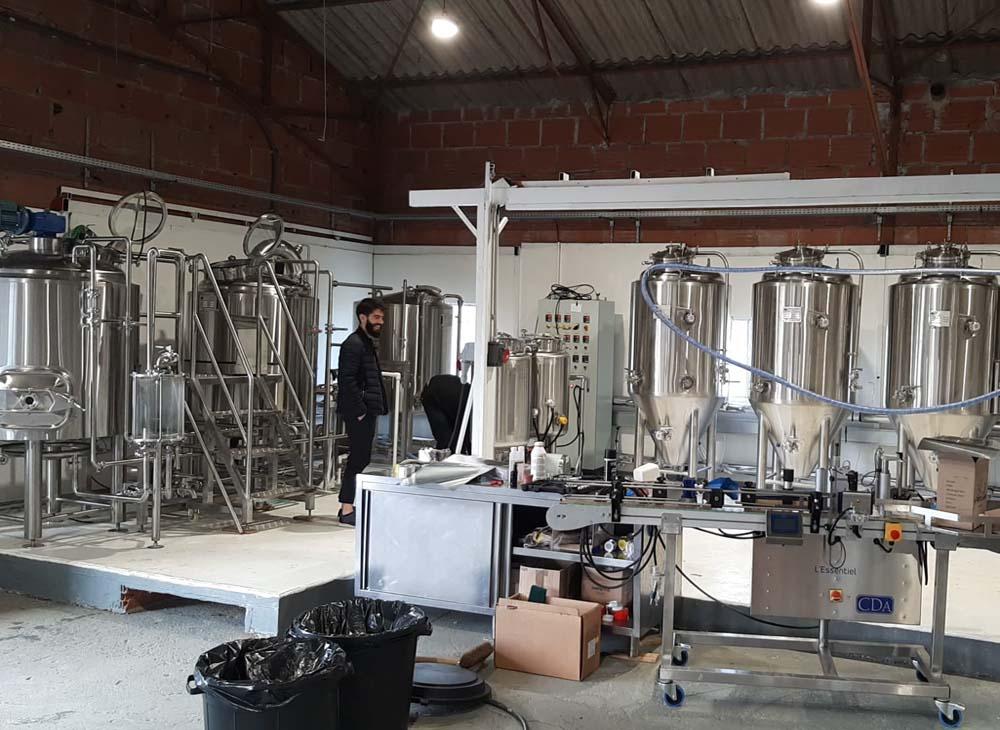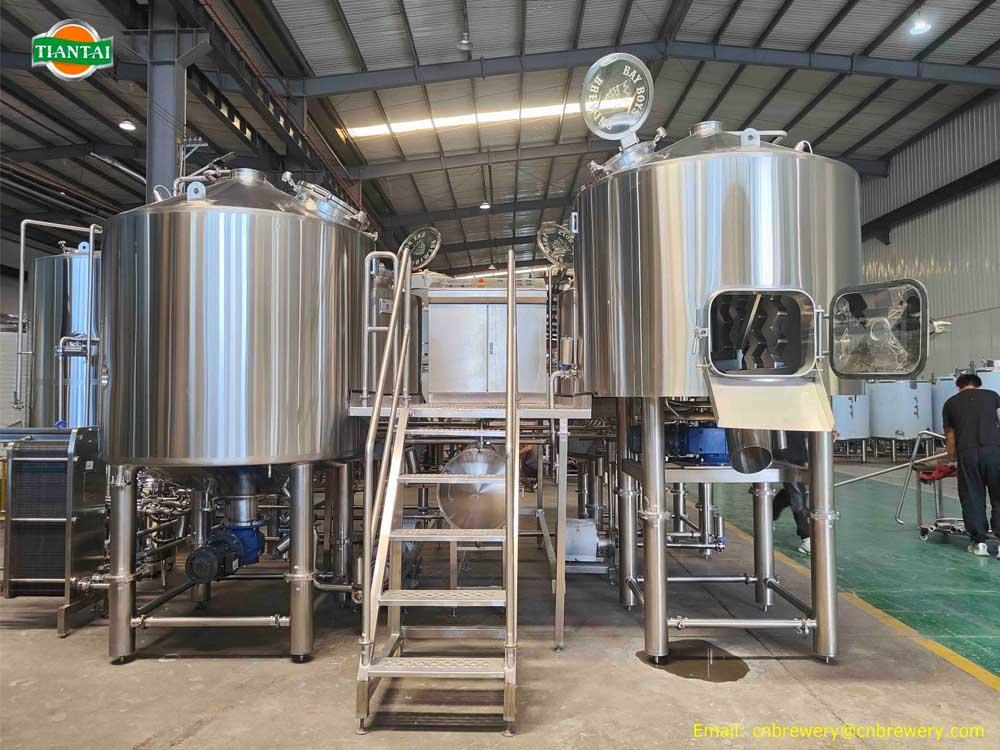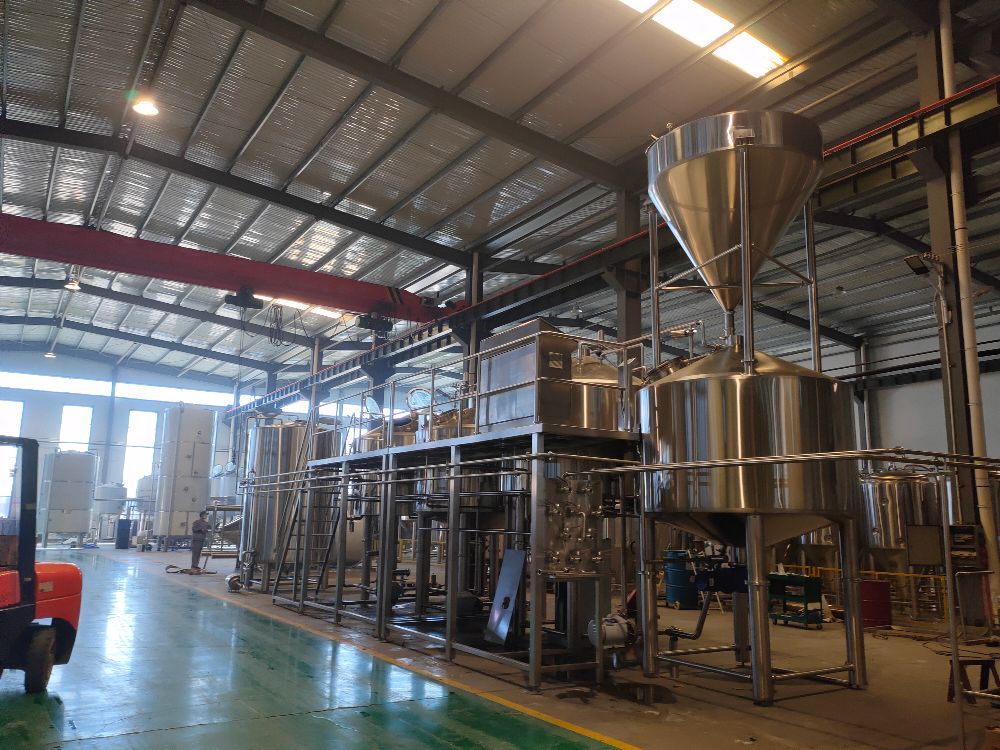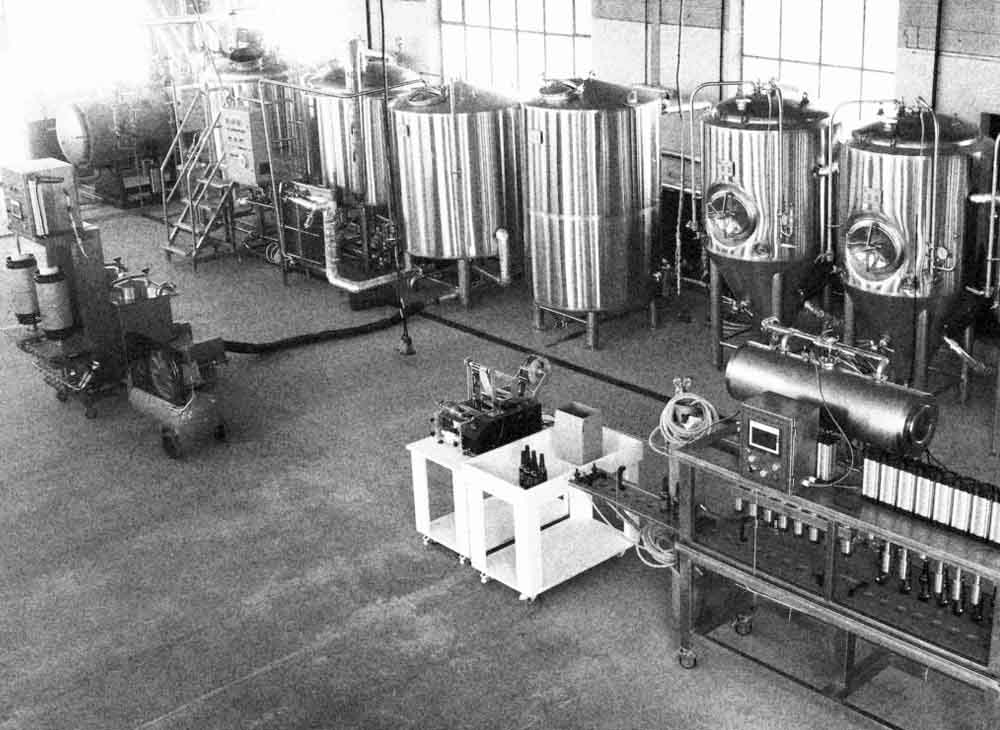How Beer is Made
- Feb 28, 2022
- 112
- tiantai
Canada's malting barley is world-class.

It all begins with barley
Almost all beer is made with barley, a grain that’s rich in the enzymes, starches and flavours that make for a delicious brew. Other grains are sometimes used, but barley is almost always present. Canadian barley is excellent quality, prized by breweries worldwide. Read more about barley.
Magic at the malt house
Before the barley arrives at the brewery it spends time at a malt house. There, in an ancient and fascinating process, it is transformed into barley malts. The talented artisans at a malt house can coax almost unlimited varieties of flavours and colours from kernels of grain. Read more about the malting process.
The brewmaster’s art
Every brewery has a brewmaster, whose skill, experience and talent determine the quality of the beer. The brewmaster creates the recipe, deciding on the combination of malts, hops and yeast, the temperatures and times that will create a perfect brew. At every step of the brewing process, the brewmaster makes decisions that will determine the qualities of the beer.
Wondrous transformation
At its heart, brewing is a series of natural transformations. Barley malt is packed with rich starches and enzymes. When the malt meets heat and water, those starches are converted to sugars. When yeast is added, the sugars are transformed into alcohol and effervescent carbon dioxide. Along the way, wonderful flavours and aromas are released. The result is beer.
Inside Waterloo Brewing Co.'s brewhouse.
In the mash, starches become sugars
First, the brewers screen and crush the malts to create a grist, then mix them with warm water to form a porridge-like mixture called mash. The malt’s natural enzymes begin to convert its starches into sugars. At this point, some brewmasters add corn or rice to make the beer lighter in body and flavour.
It’s the wort we want
When the conversion is complete, the mash is divided. The clear, sugary liquid is strained from the residual solids in a process called lautering. The solids are often sold as animal feed. The liquid, called wort, will go on to become beer.
Time for boiling and hopping
The wort flows to a brew kettle, where it is brought to a boil. At this point, the brewmaster will usually add hops. The quantity, variety and even the time at which the hops are added, all make a big difference to the taste and fragrance of the beer. Read more about hops.
The brewers move the wort to a hot wort tank to let the solids settle out. When the wort is clear, it’s ready for the final transformation.
How sugar becomes alcohol, with bubbles
For the next step, the brewmaster moves the wort to a vessel called a fermenter, introducing one or more yeasts. There are a great variety of traditional brewer’s yeasts, each with its own subtle taste and texture qualities. But they all perform the same important function: they transform sugar into alcohol and carbon dioxide, in a process called fermentation.
Ale vs lager: It’s all in the yeast
There are two basic categories of yeast. Lager yeast settles to the bottom of the fermenter. Ale yeast rises to the top. They result in the two basic categories of beer: lagers and ales, respectively. Most beers types are ales, but refreshing, golden lagers are always popular. Read more about yeast.
At long last, beer
The wort rests in the fermenter for three to 12 days, while the brewmaster carefully monitors its progress and adjusts its temperature. The yeasts consume almost all the sugars, adding their own subtle flavours as they release the alcohol. The effervescent carbon dioxide gives the liquid a refreshing sparkle. After fermentation, the yeast is removed and the liquid is chilled. At last, we have the delicious beverage called beer.
The final product, ready to enjoy.
From the brewery to you
Before shipping, the beer is aged in temperature-controlled cold tanks, where its flavour and aroma matures. Most beers are then filtered. Finally, the beer is bottled, canned or kegged and quickly delivered to stores, bars and restaurants, who offer it to you.

It all begins with barley
Almost all beer is made with barley, a grain that’s rich in the enzymes, starches and flavours that make for a delicious brew. Other grains are sometimes used, but barley is almost always present. Canadian barley is excellent quality, prized by breweries worldwide. Read more about barley.
Magic at the malt house
Before the barley arrives at the brewery it spends time at a malt house. There, in an ancient and fascinating process, it is transformed into barley malts. The talented artisans at a malt house can coax almost unlimited varieties of flavours and colours from kernels of grain. Read more about the malting process.
The brewmaster’s art
Every brewery has a brewmaster, whose skill, experience and talent determine the quality of the beer. The brewmaster creates the recipe, deciding on the combination of malts, hops and yeast, the temperatures and times that will create a perfect brew. At every step of the brewing process, the brewmaster makes decisions that will determine the qualities of the beer.
Wondrous transformation
At its heart, brewing is a series of natural transformations. Barley malt is packed with rich starches and enzymes. When the malt meets heat and water, those starches are converted to sugars. When yeast is added, the sugars are transformed into alcohol and effervescent carbon dioxide. Along the way, wonderful flavours and aromas are released. The result is beer.
Inside Waterloo Brewing Co.'s brewhouse.
In the mash, starches become sugars
First, the brewers screen and crush the malts to create a grist, then mix them with warm water to form a porridge-like mixture called mash. The malt’s natural enzymes begin to convert its starches into sugars. At this point, some brewmasters add corn or rice to make the beer lighter in body and flavour.
It’s the wort we want
When the conversion is complete, the mash is divided. The clear, sugary liquid is strained from the residual solids in a process called lautering. The solids are often sold as animal feed. The liquid, called wort, will go on to become beer.
Time for boiling and hopping
The wort flows to a brew kettle, where it is brought to a boil. At this point, the brewmaster will usually add hops. The quantity, variety and even the time at which the hops are added, all make a big difference to the taste and fragrance of the beer. Read more about hops.
The brewers move the wort to a hot wort tank to let the solids settle out. When the wort is clear, it’s ready for the final transformation.
How sugar becomes alcohol, with bubbles
For the next step, the brewmaster moves the wort to a vessel called a fermenter, introducing one or more yeasts. There are a great variety of traditional brewer’s yeasts, each with its own subtle taste and texture qualities. But they all perform the same important function: they transform sugar into alcohol and carbon dioxide, in a process called fermentation.
Ale vs lager: It’s all in the yeast
There are two basic categories of yeast. Lager yeast settles to the bottom of the fermenter. Ale yeast rises to the top. They result in the two basic categories of beer: lagers and ales, respectively. Most beers types are ales, but refreshing, golden lagers are always popular. Read more about yeast.
At long last, beer
The wort rests in the fermenter for three to 12 days, while the brewmaster carefully monitors its progress and adjusts its temperature. The yeasts consume almost all the sugars, adding their own subtle flavours as they release the alcohol. The effervescent carbon dioxide gives the liquid a refreshing sparkle. After fermentation, the yeast is removed and the liquid is chilled. At last, we have the delicious beverage called beer.
The final product, ready to enjoy.
From the brewery to you
Before shipping, the beer is aged in temperature-controlled cold tanks, where its flavour and aroma matures. Most beers are then filtered. Finally, the beer is bottled, canned or kegged and quickly delivered to stores, bars and restaurants, who offer it to you.




